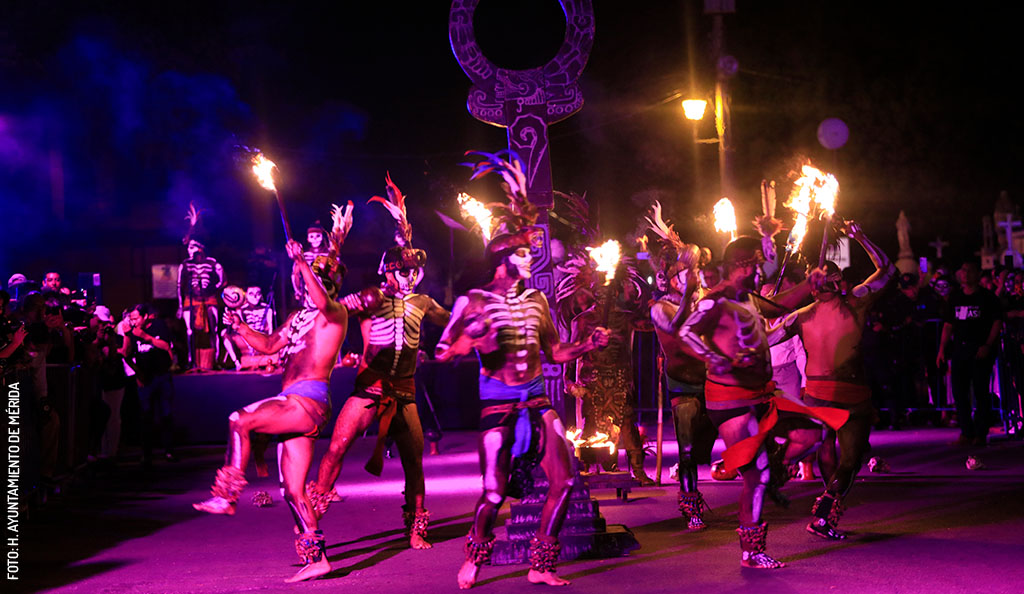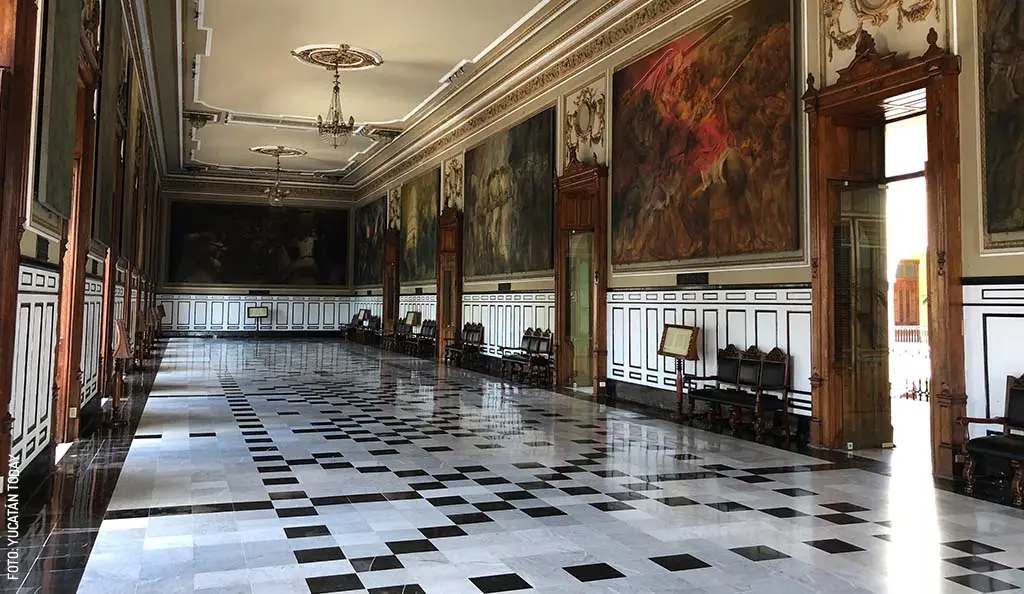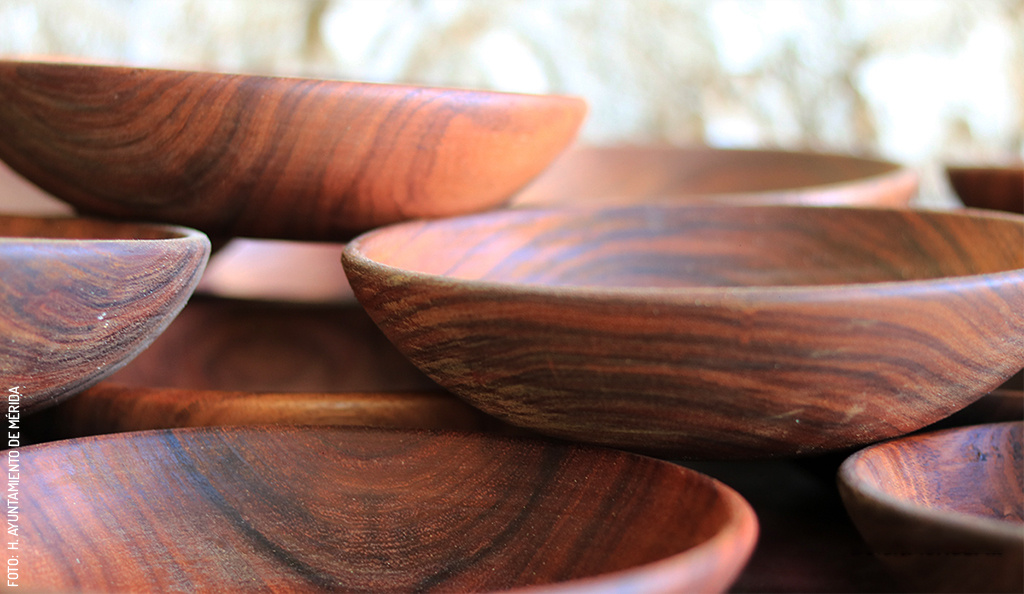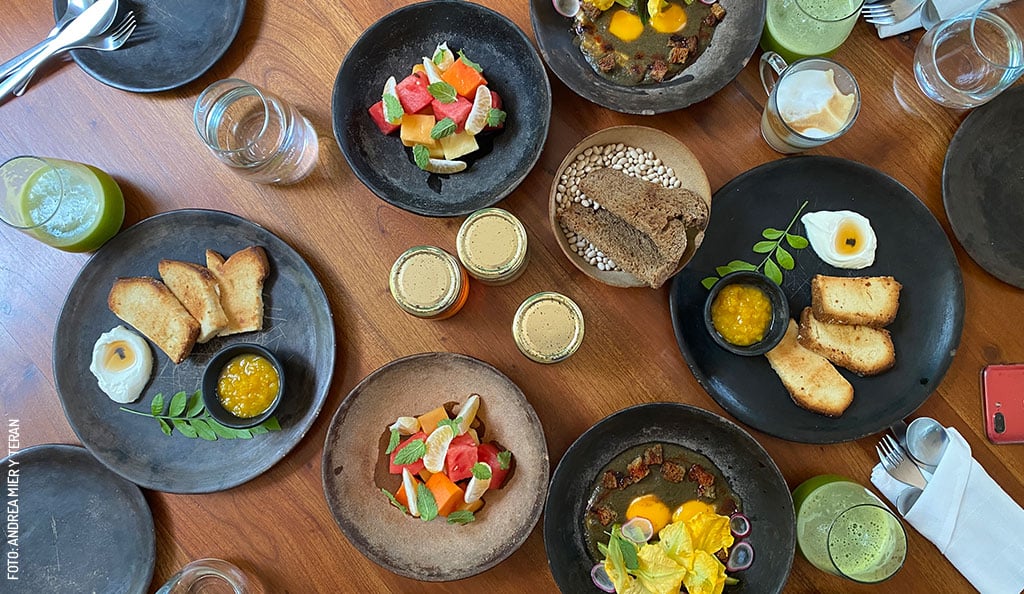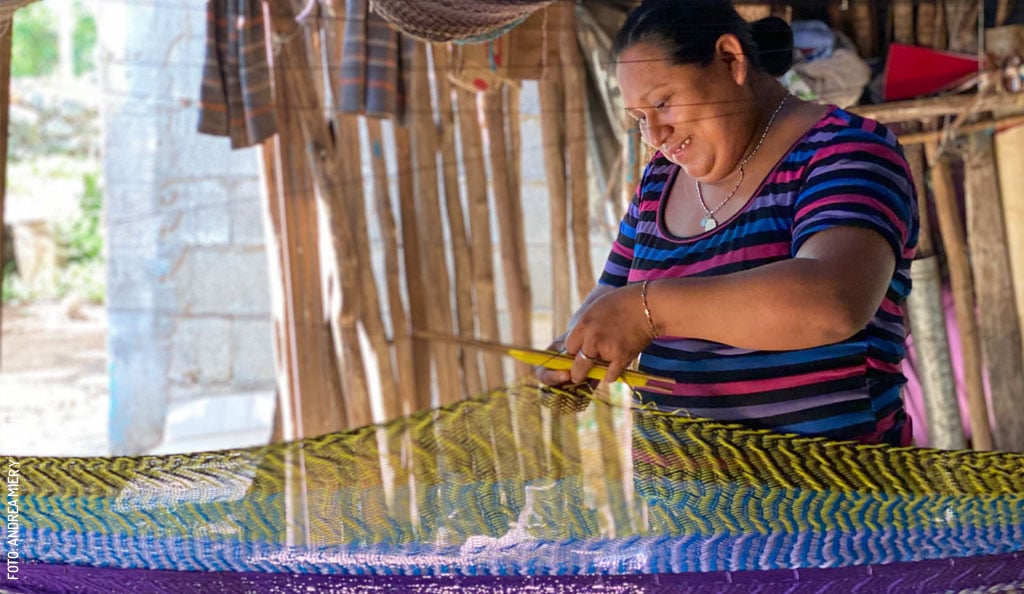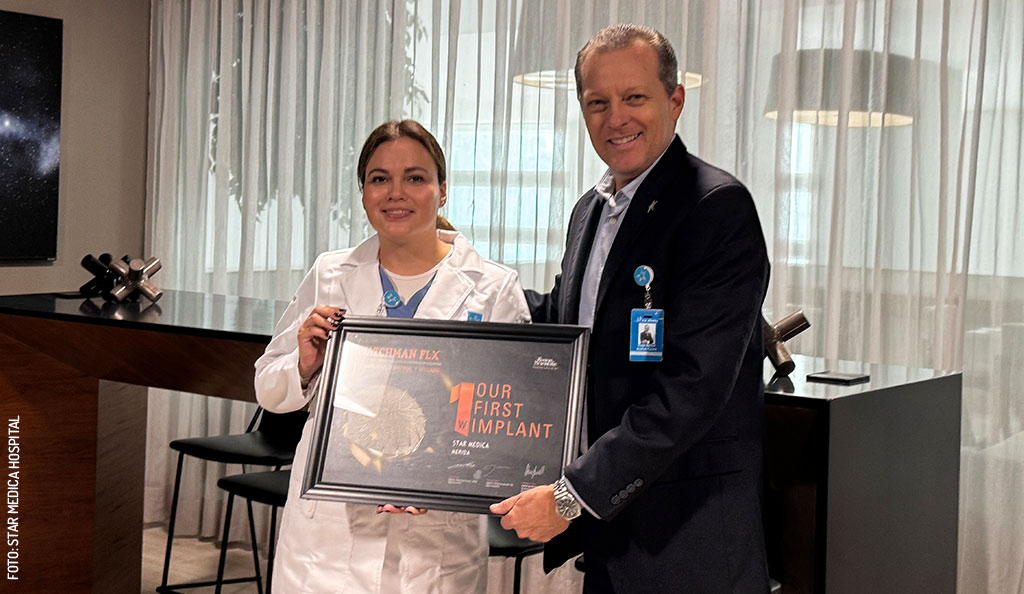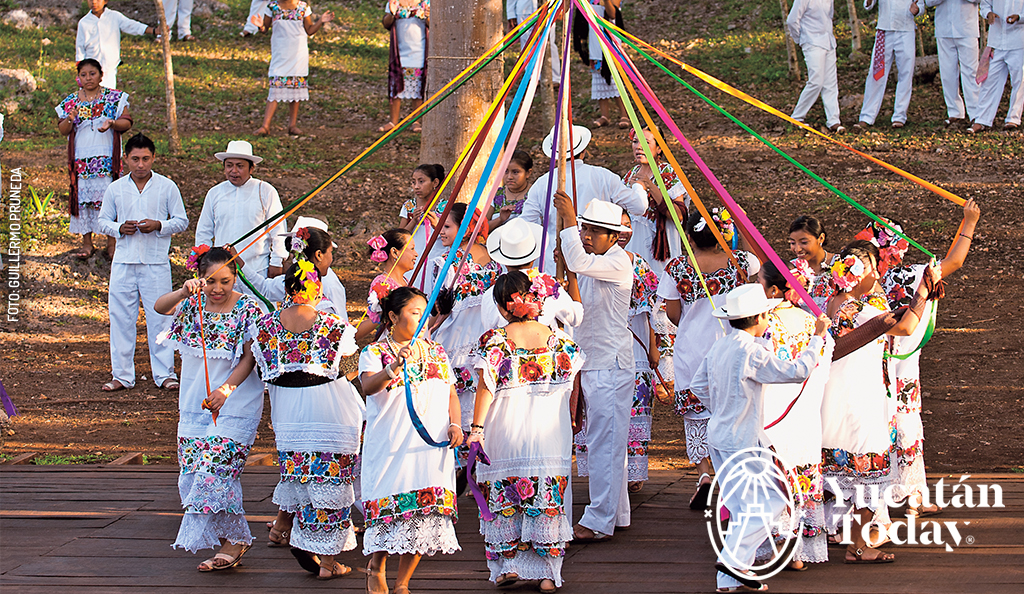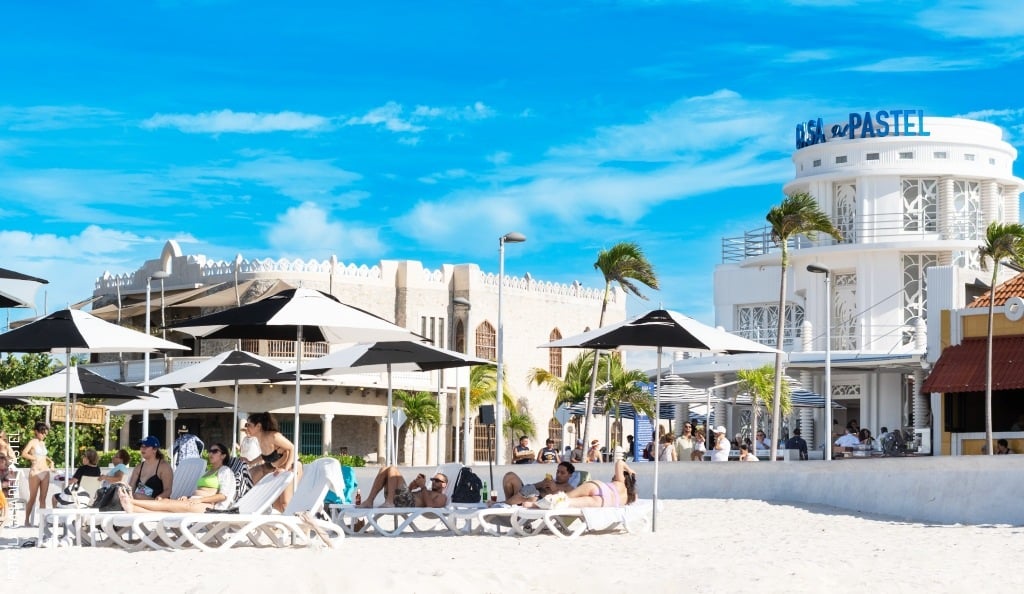- Home
- Blog
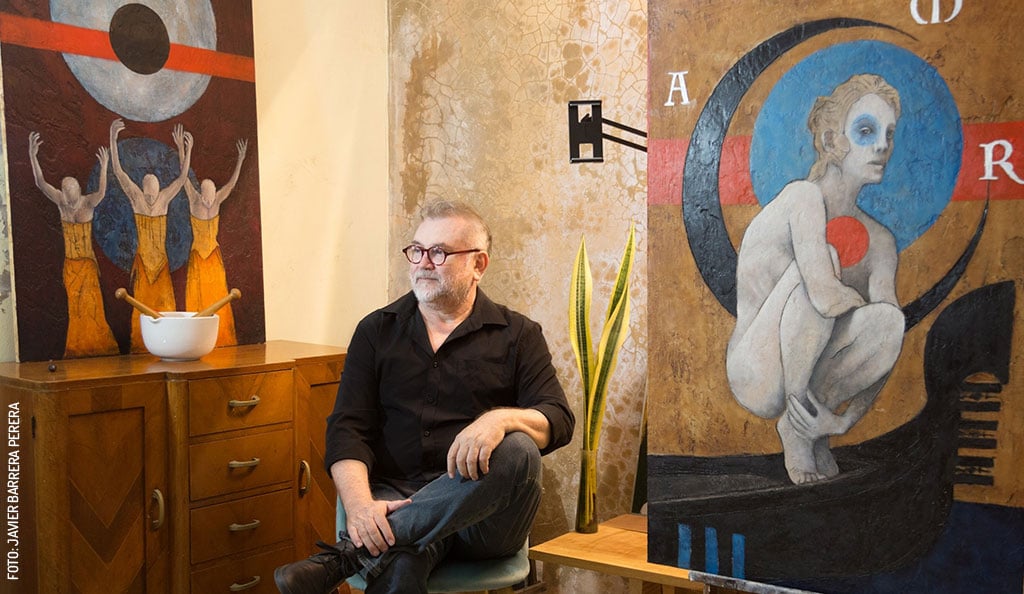
Javier Barrera Perera: Entre lo Real y lo Onírico
Javier Barrera Perera, artista yucateco, explora lo real y lo onírico en fotografía y pintura. Descubre su obra simbólica en exposiciones.
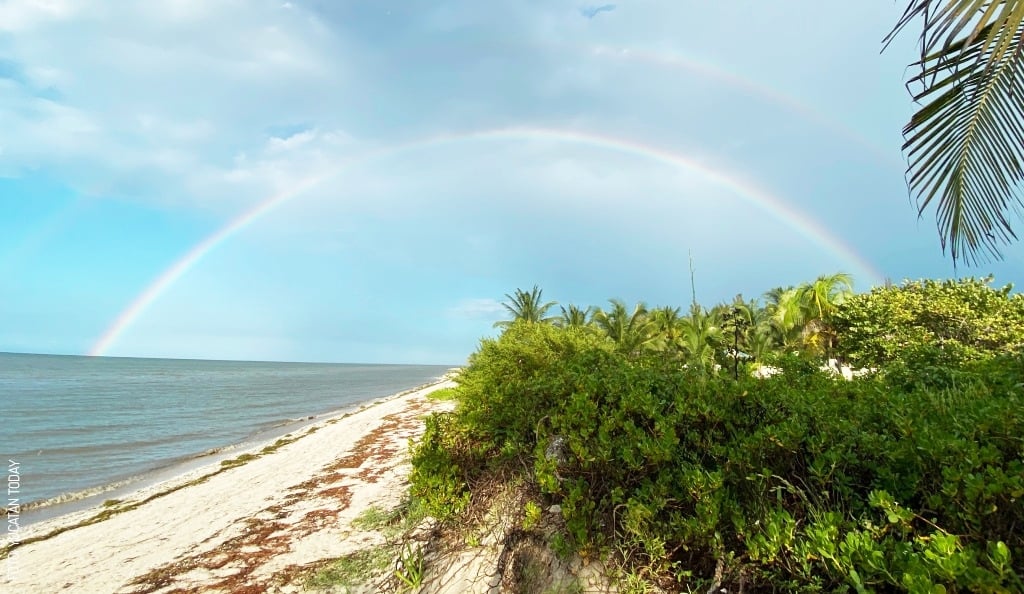
Una escapada: Telchac Puerto y sus alrededores en dos días
Descubre los tesoros ocultos de la costa maya: Xtampú, Xcambó y Telchac Puerto. ¡Historia, naturaleza y relax te esperan!
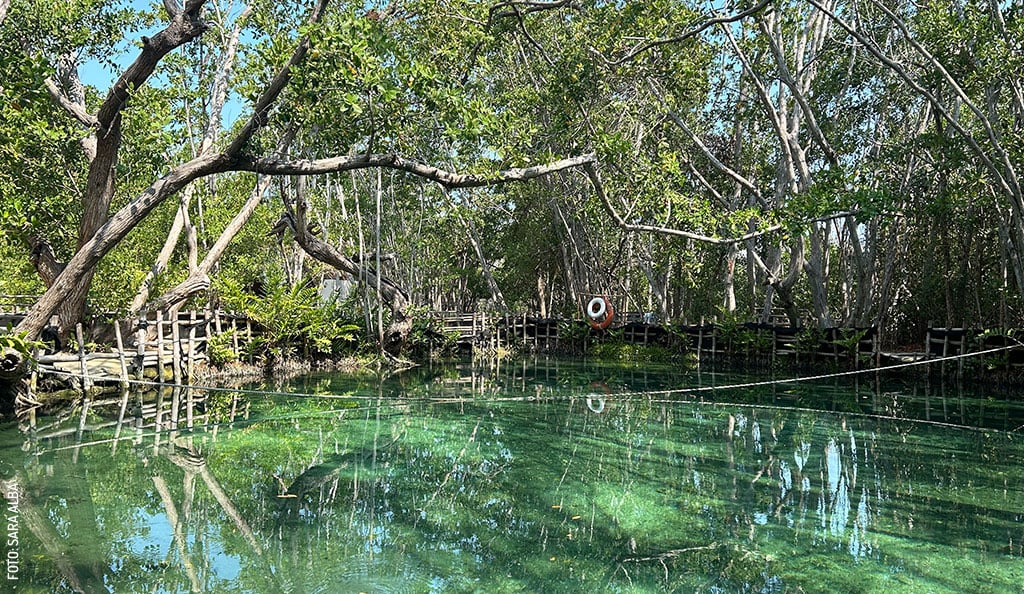
Una escapada de verano a El Corchito
Relájate y explora El Corchito, Reserva Ecológica en Yucatán. Disfruta de cenotes, manglares, fauna local y actividades acuáticas únicas. ¡Tu escape natural!
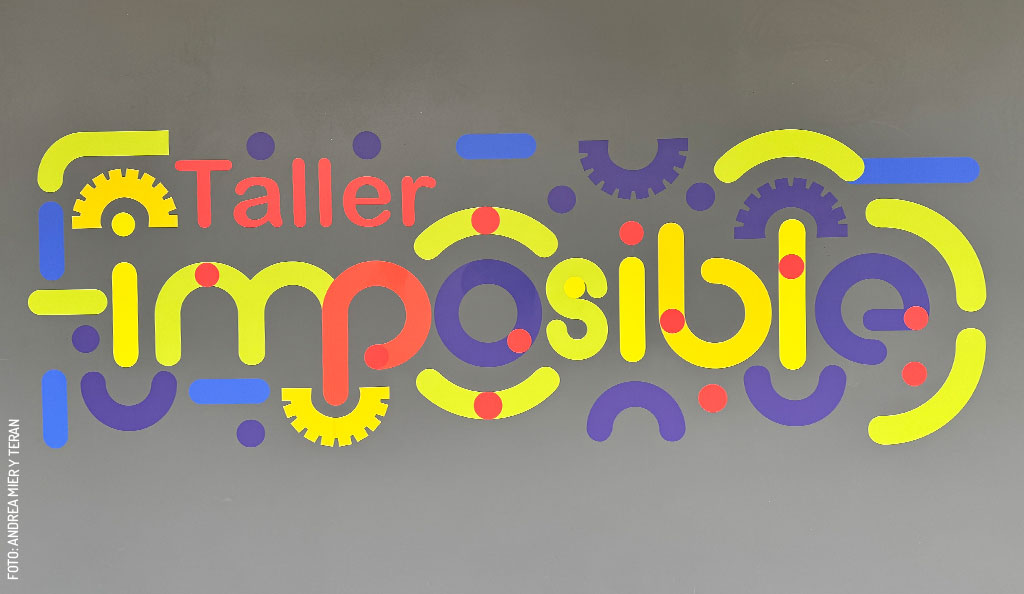
Taller Imposible: una invitación a explorar, fallar, crear y volver a intentar
Taller Imposible en Museo de la Luz, Mérida: ¡Explora la ciencia, atrévete a fallar y crea sin límites en esta exhibición interactiva!
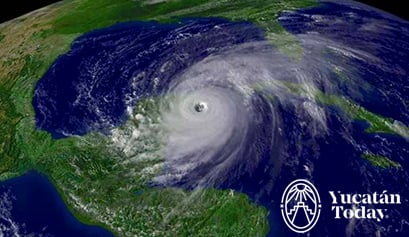
Huracanes en Yucatán 2025
Temporada de huracanes en Yucatán (junio-nov): tipos de tormentas, sistema de alerta por colores y cómo prepararte. ¡Tu guía esencial!
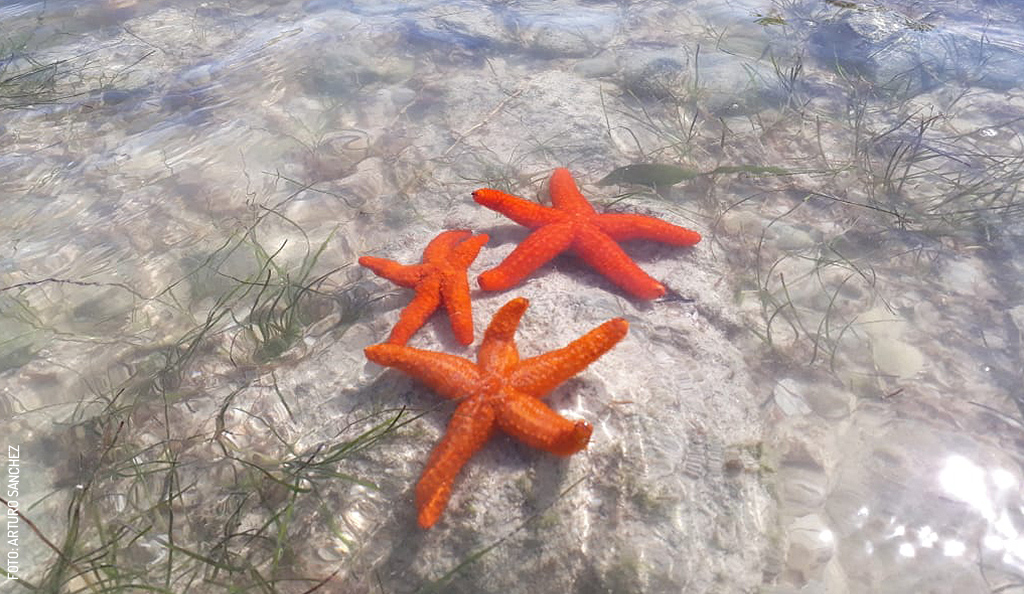
Más allá de la arena: el ecosistema vivo de la costa yucateca
Costa yucateca: un ecosistema vivo más allá de la arena. Descubre su rica biodiversidad, manglares, arrecifes y la conexión con la cultura maya.
Rutas, consejos y guías para tus viajes
Viajes de 1 y 2 días en Yucatán
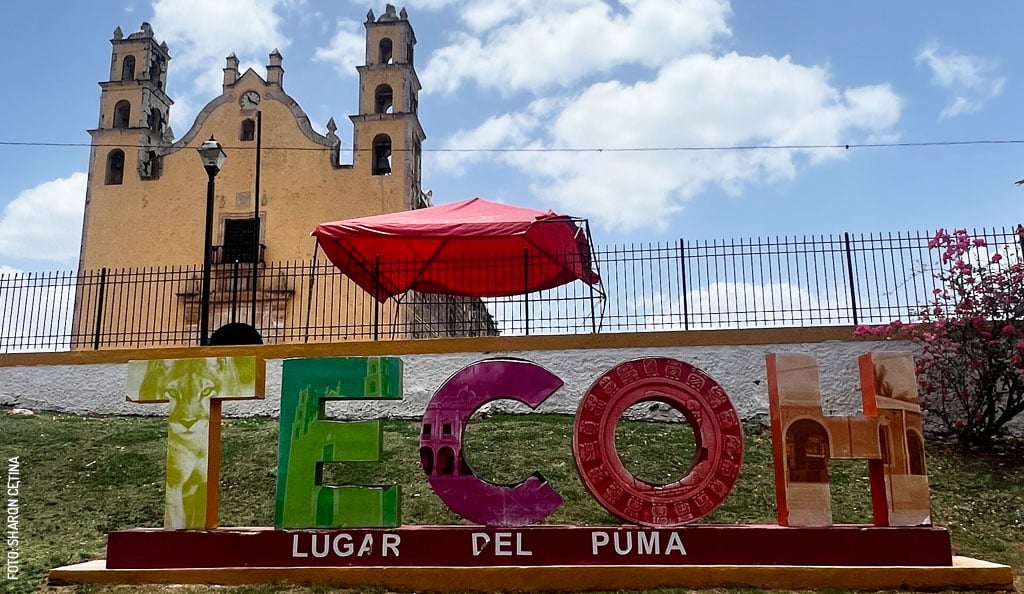
Una escapada: Tecoh y sus alrededores en dos días
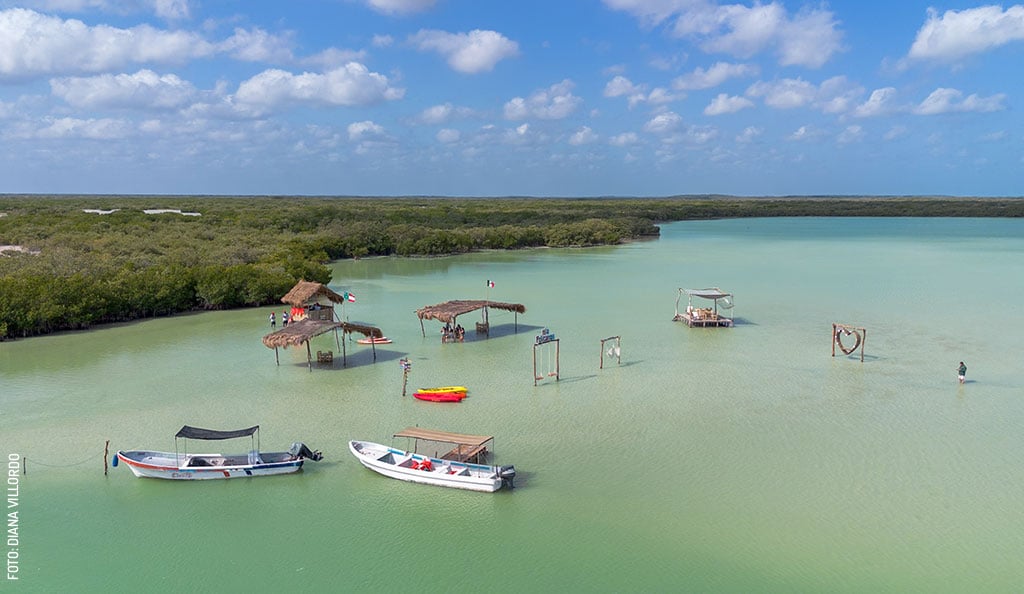
Isla Pelícanos: Ecoturismo y desconexión en Chuburná Puerto

Una escapada: Telchac Puerto y sus alrededores en dos días
Otros temas de interés
- Abejas y miel yucateca (3)
- Actividades (116)
- Agencias de viajes (1)
- Anual (9)
- Anunciante (26)
- Arquitectura (7)
- Arte sacro (14)
- Arte, artesanías y cultura en Yucatán (85)
- Aves (6)
- Ayuntamiento de Mérida (9)
- Barrios y colonias (4)
- Bebidas (22)
- Bienes raíces y administración de propiedades (4)
- Caducidad (15)
- Cenotes (31)
- Compras (11)
- Cultura (26)
- Cultura maya (112)
- Cultura y tradiciones (212)
- Cómo llegar (6)
- Decoración (8)
- Deportes (1)
- Destinos (189)
- Diciembre (4)
- Dioses mayas (15)
- Diversión extrema (11)
- Enero (1)
- Enfoque (21)
- Estudiar en Yucatán (3)
- Eventos (46)
- Eventos y actividades (91)
- Experto (2)
- Fauna (7)
- Febrero (6)
- Ferias, fiestas y celebraciones (38)
- Galerías (11)
- Gastronomía (95)
- Grutas (3)
- Haciendas (14)
- Historia (34)
- Historia de Yucatán (11)
- Hospedaje (6)
- Influencia colonial (26)
- Información útil durante tu estancia (23)
- Ingredientes yucatecos (26)
- Janal Pixan (17)
- Junio (1)
- Lengua maya (8)
- Leyendas del Mayab (36)
- Listado (16)
- Mascotas (2)
- Mayo (2)
- Monumentos (5)
- Museos (31)
- Mérida (83)
- México (11)
- Música (15)
- Naturaleza (77)
- Octubre (5)
- Oriente del estado (15)
- Pasadías (14)
- Paseo de Montejo (2)
- Patrocinado (5)
- Personas y personajes (22)
- Platillos regionales y dónde probarlos (46)
- Playas (46)
- Postres (13)
- Prehispánico (31)
- Promocional (3)
- Pueblos de Yucatán (55)
- Pueblos Mágicos (27)
- Recetas yucatecas (7)
- Renta de autos (3)
- Restaurantes (43)
- Rutas y tours (78)
- Sabores nacionales y extranjeros (16)
- Salud y bienestar (11)
- Servicios de salud y bienestar (9)
- Servicios generales (9)
- Sitios arqueológicos (39)
- Sobre Yucatán Today (2)
- Sur del estado (12)
- Talleres (7)
- Teatros (2)
- Tiendas (4)
- Tradiciones y costumbres (126)
- Trámites y documentación (1)
- Viajar con niños (32)
- Viajar en familia (5)
- Viajar y Moverse (8)
- Vida en Yucatán (95)
- Vida nocturna (35)
- Vocaciones y oficios (30)
- Voluntariado en Yucatán (12)
- Yucatán Today (2)

Día del Asteroide 2025
Ver evento



